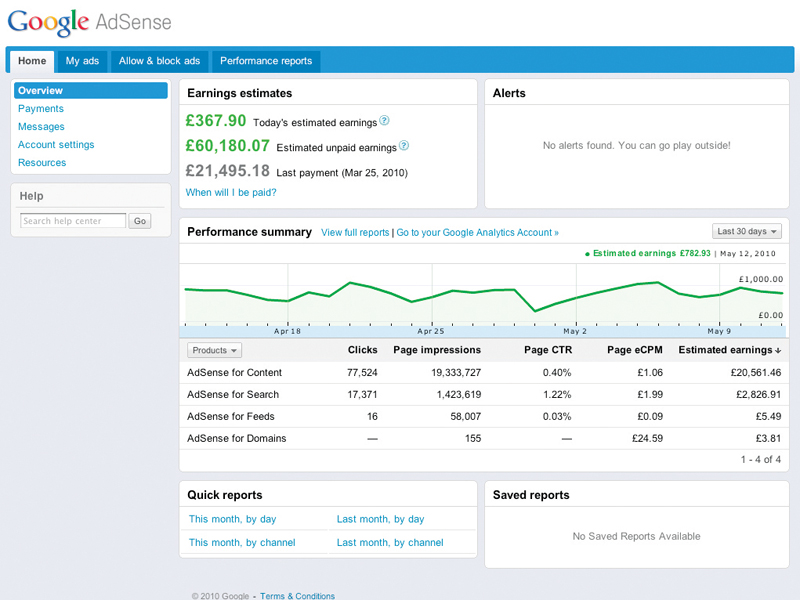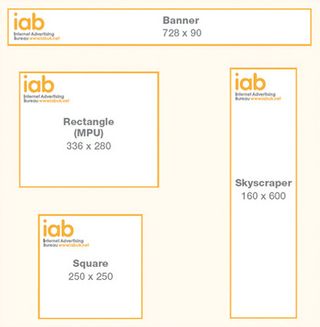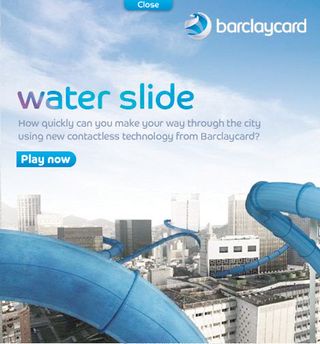Online advertising for website owners explained
How to choose the best formats and place your ads

You've put endless hours into making your site as beautiful and engaging as possible. Now it's payback time – you want some hard-earned cash in return for your efforts. The obvious route is through online ads, but which format to choose?
Selecting the right one is key to maximising that all-important revenue for your site. Let's take a quick look at the main formats on offer to you:
Pay per click: These ads are text-based and are suitable for search-style pages on your own site. They're designed to be alternate suggestions to whatever search results you're also displaying. To make money, you need to make the ads relevant. The visitor is on your page because of the context, so make sure the ads fit in with that.
Text links: Text links can be placed anywhere within the content of your website and usually link to a relevant advertiser's website, or they sometimes roll over the text to display an ad that overlays to show a bit more content from the advertiser. Sometimes called 'contextual links'.
Online display: The Internet Advertising Bureau (IAB) list of the standard sizes of online display ads splits them into two broad types: in-page and over-the-page.

In-page ads include hard-working formats such as the humble banner, the leaderboard or large banner, the skyscraper, the wide skyscraper, and the MPU or rectangle.
Over-the-page ads include the expandable ad (starts as an in-page ad and expands in one direction when your mouse rolls over it), the overlay (floats in front of the content) and the transition (a large ad in between two pages of your site). Some of these, such as Barclaycard's Water Slide game, have interactivity built in.
Get daily insight, inspiration and deals in your inbox
Sign up for breaking news, reviews, opinion, top tech deals, and more.

NEW FORMATS: The IAB's Kieron Matthews recommends two new standard formats launched this year: half-page ads and bellybands. He also points to an increase in ads that function more like mini-websites, so visitors never need to leave your page
Good examples of this trend include Betfair.powerads.no-ip.biz and www.powershiftdemo.no-ip.biz/customers/eln_news_demo/BannerMain.html.
As well as IAB-approved formats, plenty of sites also add in their own sizes or formats. For example, Yahoo Mail sells a 'Monster ad', which is 425x600 pixels and sits on the 'sent email' page where there's plenty of space.

POP-UPS: One format that's bitten the bullet is the much-loathed pop-up ad. The IAB recommends advertisers and website owners do not use them
Takeovers: This involves the advertiser paying a premium to 'take over' your home page for a day, as O2 recently did on MSN.
Video advertising: Video ads are becoming more and more popular. Often the video is displayed within the standard ad format, such as an MPU. Advertisers like video because they can repurpose or add to the TV ads they've already made.
"Video advertising is gaining momentum," says Nicolle Pangis, VP of product management at 247 Real Media. "With the digital marketing industry moving so fast, publishers need to think ahead about where the market is moving to ensure they are ready to adapt."
Mobile advertising: In 2009, mobile advertising was £37.6m, having grown 32.3 per cent from 2008. Smartphones have a 23 per cent penetration in the UK, but it's safe to say that 77 per cent of those trying to access a site with an older mobile will have a bad experience, cautions Kieron Matthews.
"Optimising your site for mobile is essential and relatively cheap. This is especially the case when accessing sites via an iPhone, which will not play Flash-enabled ads."
"Placing ads on an optimised mobile version of your website is very simple, but can be extremely effective," adds Russell Buckley, vice president of global alliances for AdMob and global chairman emeritus of the Mobile Marketing Association. "Mobile applications can also help you to monetise your content further, as they can be sold or funded through mobile advertising."
iAds: In April, Apple officially unveiled its new mobile advertising platform, iAds – the "seventh pillar" of the new iPhone OS 4.0. The new platform will be built directly into the iPhone OS interface.
"The reach of apps is huge, so embedding ads will only extend reach," says Matthews. "The same rules will apply to online display ads, though. And remember, most current online ads are in Flash, so this could be an executional challenge."
Most Popular
